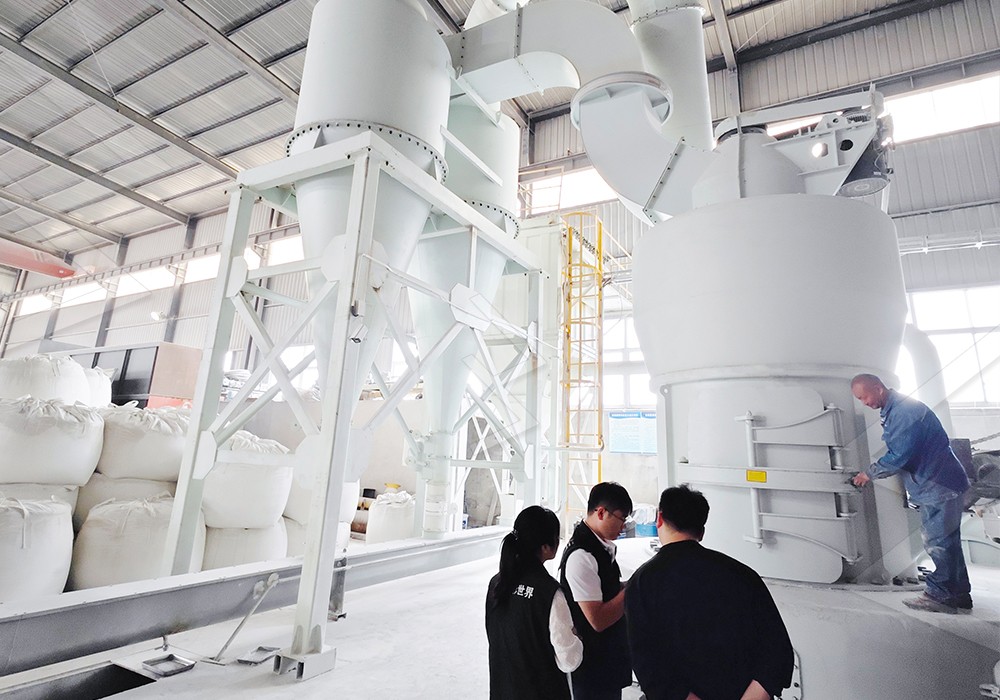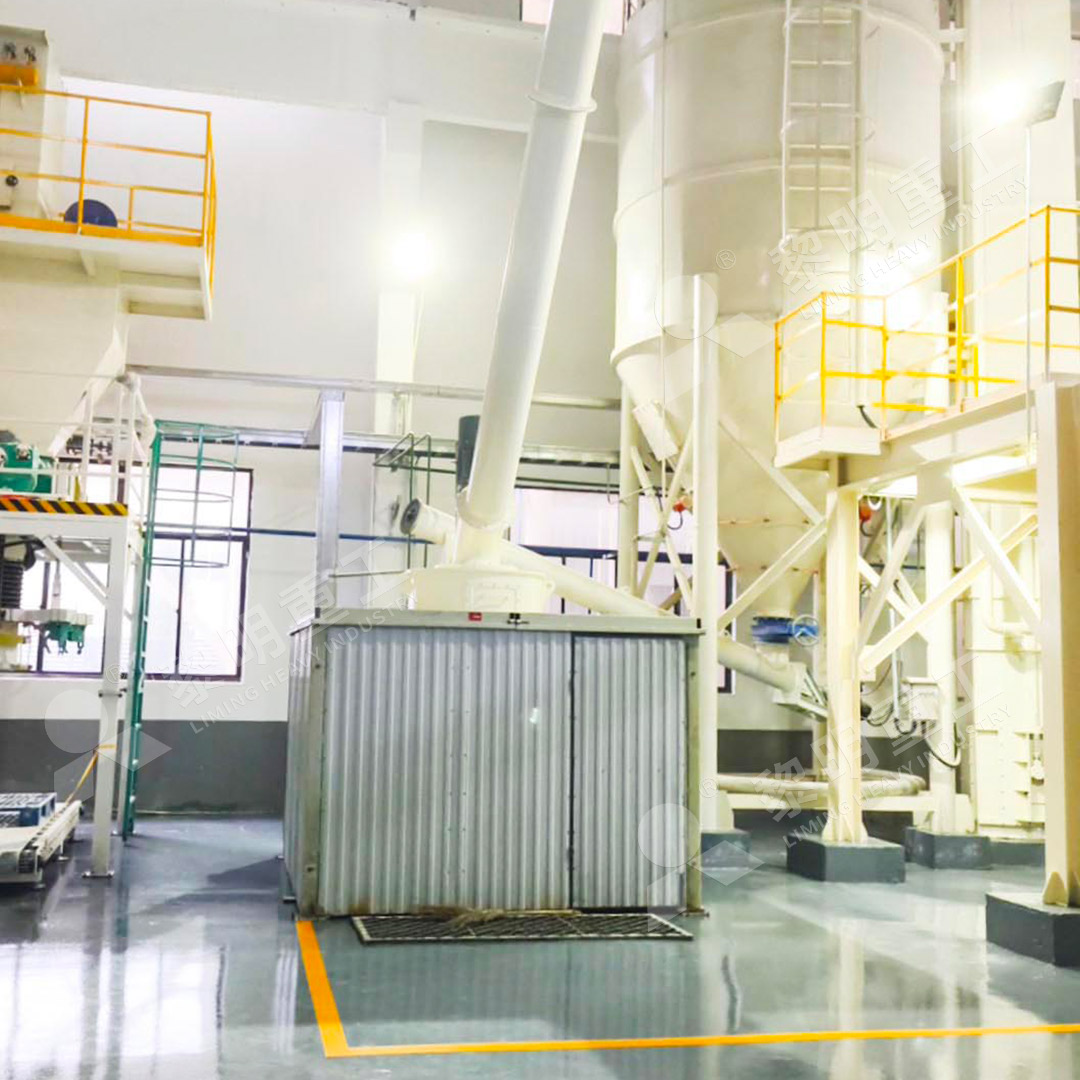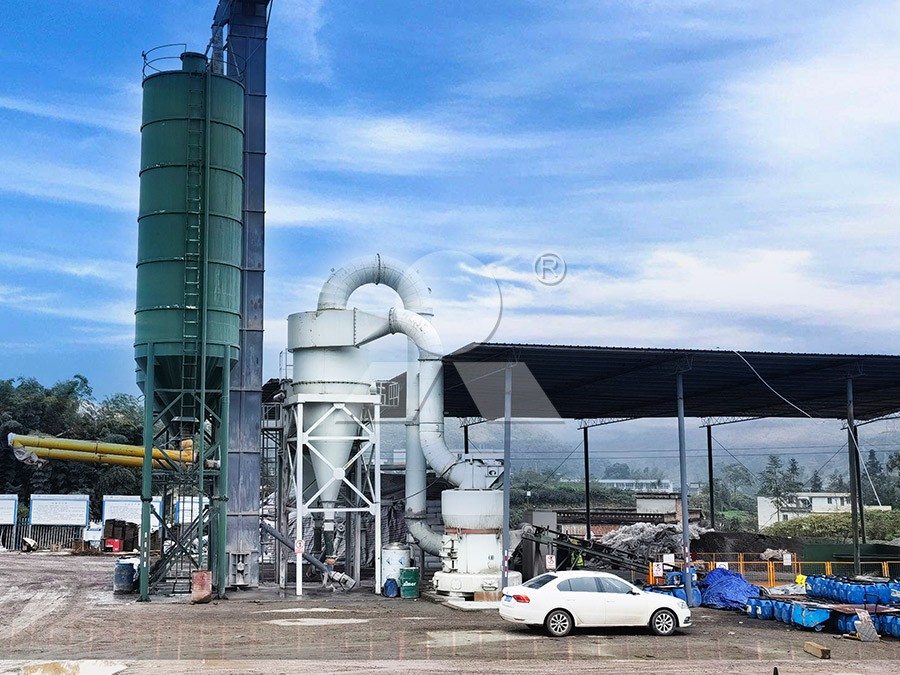Spare Parts Guide: Maintaining Your Allis Chalmers Crusher and Mill
We provide a wide range of mills — including Raymond mill, trapezoidal mill, vertical mill, ultrafine mill, and ball mill, obtained ISO9001 international quality certification, EU CE certification, and Customs Union CU-TR certification. Suitable for processing minerals such as limestone, phosphate, quicklime, kaolin, talc, barite, bentonite, calcium carbonate, dolomite, coal, gypsum, clay, carbon black, slag, cement raw materials, cement clinker, and more.
The discharge range of these mills can be adjusted to meet specific processing needs, typically from 80-400 mesh, 600-3250 mesh, and can achieve the finest particle size of up to 6000 mesh(D50).
If you are looking for a reliable grinding solution to turn stone or minerals into fine powder, please feel free to contact our online customer service.
Keepin’ Your Allis Chalmers Runnin’ Smooth: A Practical Guide
Alright folks, let’s talk about something near and dear to every plant manager’s heart: keeping your equipment out of the repair shop and in the money-makin’ business of crushing rock. If you’re runnin’ an older Allis Chalmers crusher or mill, you know these machines are built like tanks. But even tanks need a little TLC to avoid costly downtime. This ain’t about fancy brochures; it’s about real-world advice from one professional to another.
The Usual Suspects: Wear Parts You Gotta Watch
First thing’s first, know what wears out. In your jaw crushers, it’s the jaw dies and cheek plates. For gyratory crushers, it’s the concaves and mantles. And in those old rod or ball mills, the liners and grinding media are your consumable lifeblood. Letting these parts go too long is like drivin’ on bald tires – eventually, you’re gonna have a real bad day. Establish a regular inspection schedule. Track hours of operation and monitor product output quality. A sudden drop in throughput or a change in product gradation is often your first clue that something’s wearing out.

Beyond the Basics: Seals, Bearings, and Lubrication
It ain’t just the parts that take the direct hit. The heart of any machine is its movement, and that means bearings and lubrication. A failed bearing can seize a shaft and cause damage that makes a simple bearing job look like a walk in the park. Check for excessive heat and listen for changes in sound – a high-pitched whine or a low grind is a cry for help. And for Pete’s sake, use the right grease and change it on schedule! Contaminated or old lubricant is the number one killer of bearings.
When It’s Time for an Upgrade: Modern Solutions for Classic Workhorses
Now, maybe you’re lookin’ at your operation and thinking that while you love the old girl, parts are gettin’ harder to find and efficiency ain’t what it used to be. Sometimes, the best maintenance strategy is a strategic upgrade. Instead of constantly bandaiding an older secondary or tertiary grinding circuit, consider a modern solution that offers better efficiency and easier maintenance.
For fine and ultra-fine grinding applications, our MW Ultrafine Grinding Mill is a beast of a machine. It handles input up to 20mm and can push out between 0.5 and 25 tons per hour of superfine powder. What makes it great for a modern operation is its simplicity and eco-friendliness. It’s got an efficient pulse dust collector and muffler built right in, so you’re not creating a dust cloud for the whole county. The best part for maintenance? There are no rolling bearings or screws inside the grinding chamber. That’s one less critical thing to worry about failing. It’s designed for making ultra-fine powder from stuff like limestone, calcite, and barite, perfect if you’re in chemicals, paints, or cosmetics.

Wrapping It Up: A Stitch in Time…
Look, we all know the old saying. A proactive maintenance plan for your Allis Chalmers equipment is cheaper than a reactive repair. Keep a good inventory of common wear parts, train your crew on what to look and listen for, and don’t ignore the small stuff. And if you’re ready to boost your output and reduce your maintenance headaches, looking at a modern mill like the MW series for your fine grinding needs might just be the smartest move you make this year. Keep ’em runnin’!

